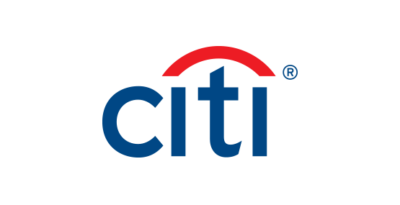
Africa: access to finance ‘a challenge’
A number of mechanisms are being created to help eliminate the continent’s financial borders and accelerate payments

The demand for trade finance and working capital is growing across the continent as economies start to recover from the ravages of the Covid-19 pandemic.
However, access to trade finance remains a challenge for many African businesses. The estimated value of unmet demand for trade finance in Africa was more than $81bn in 2019, says the African Development Bank and Afrexibank.
The pandemic worsened Africa’s trade finance gap with tightening global financial conditions leading to large capital outflows from Africa, exacerbating liquidity constraints and making it harder for banks to finance African trade.
A number of development finance institutions, including the African Development Bank, have tried to ease funding requirements for clients to help support trade on the continent. The African Development Bank has called for the high level of capital requirements for trade finance transactions to be reassessed, pointing out that letters of credit — the most common trade finance instrument — are usually low risk and short term in nature.
At the same time the secretariat for the African Continental Free Trade Area (AfCFTA) has been in discussions with commercial banks in Africa to expedite the establishment of a trade finance facility to support small and medium-sized enterprises to improve access to finance. Another mechanism intended to boost intra-African trade is the Pan-African Payment and Settlement System (PAPSS) platform which was launched in January this year.
The brainchild of the African Export-Import Bank (Afreximbank) and the AfCFTA secretariat, the platform aims to accelerate cross-border transactions, saving the continent an estimated $5bn in payment transaction costs.
The platform enables instant cross-border payments in African currencies and tries to eliminate the continent’s financial borders while at the same time integrating different payment systems, avoiding the payment delays, operational inefficiencies and concerns around compliance that were the result of cross-border payment transactions that had to be routed offshore for clearing and settlement.
“The launch of PAPSS is exciting,” says Esther Chibesa, Sub-Sahara Africa head of Treasury and Trade Solutions at Citi. “It is platforms like this that may well help to solve some of the common problems found in intra-African trade.”
Pointing out that intra-African trade has always existed but in subregions, she says AfCFTA is an opportunity to consolidate sub-regional trade so East Africa can trade with West Africa and north with south. “However, growing trade in Africa requires an investment in infrastructure, opening more current accounts and incorporating different legal aspects, among other factors. How to move money between countries is also an important consideration which PAPSS looks to address.”
For its part Citi has been looking at how it can create frictionless cross-border payments. The latter have traditionally been a time-consuming exercise for both importers and exporters as well as their banks.
Chibesa explains that when initiating a cross-border payment, traders are required to submit supporting documents to their banks to meet their country’s foreign exchange control and regulatory reporting requirements. “Until recently, these documents were received and processed separately from corresponding payment instructions, requiring manual interventions to link them.”
In 2021 Citi launched a new electronic platform to its institutional clients to speed up the process of cross-border payments and associated documentation by digitising supporting documents. The platform provides users with details about the documentation required and data requirements for different payment types. The service, which was rolled out in South Africa first and is now ready to be launched in central and west African markets, has streamlined and eased the process of cross-border payments by bringing together all the necessary documentation on a single electronic platform.
Citi has been making significant investments in digital technologies and platforms to simplify, integrate and automate clients’ payments and forex related activities. Its objective is to create frictionless payments that can be delivered electronically to any country, via any channel, in any currency. Digitising documentation, explains Chibesa, helps clients to do more in less time and with fewer resources. “It has reduced a process that used to take two to eight days to just one day.”
By partnering with development finance institutions to develop co-financing structures, Citi has been able to increase its risk appetite, while partnerships with fintechs allow it to assist clients to facilitate finance and explore payments in the payment intermediary space. She reports a growing link between trade finance and sustainability, with supply chain finance increasingly including a sustainability offer “Digitising cross-border payments documentation processes is setting the stage for further innovation, including how to achieve better sustainability outcomes as environmental, social and governance takes centre stage.”
This article was previously published in BusinessDay www.businessday.co.za I Thursday 24 February 2022